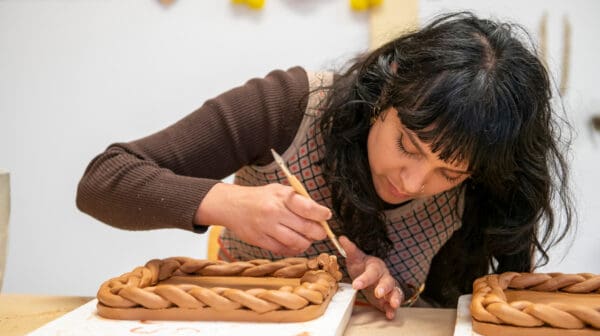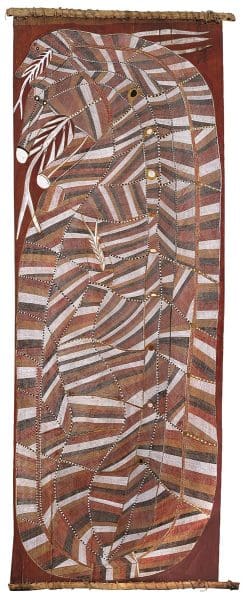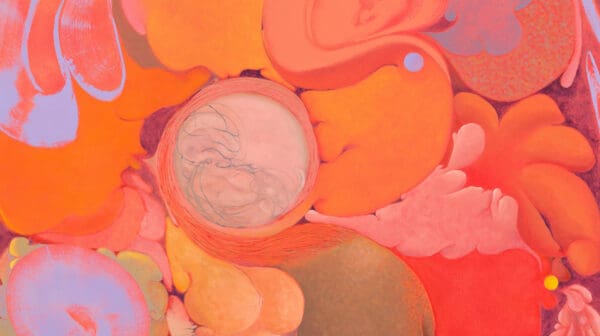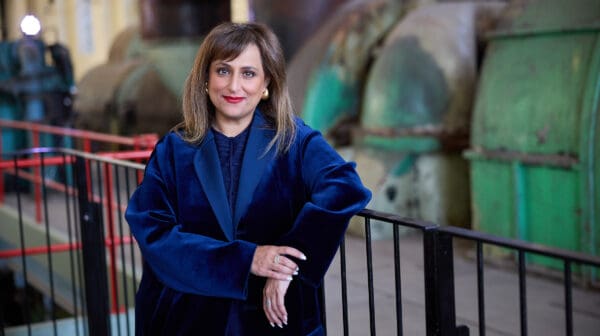
Monica Rani Rudhar on (be)longing
Step inside Monica Rani Rudhar’s space at Parramatta Artists Studios, where she works across ceramics, sculpture, video, performance, and latterly, public art. Rudhar is working towards her solo exhibition at Martin Browne Contemporary, while reflecting on the value of play, how imitation leads to authenticity, and why she’d be lost without her sketchbook.











